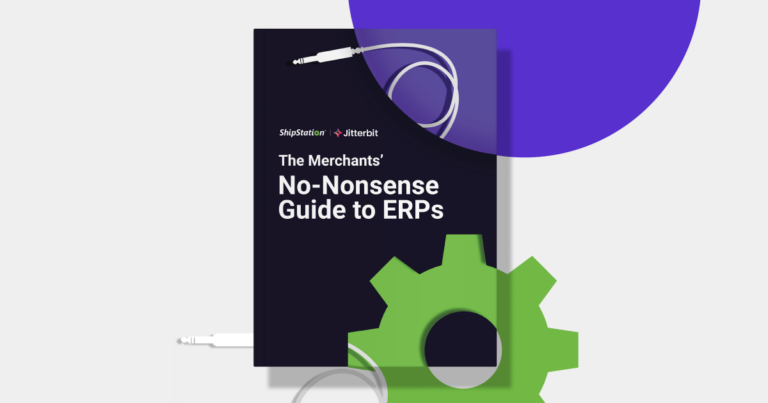Multichannel Selling: Why One Channel is No Longer Enough

This blog was contributed by our partners at ecomdash. Ecomdash is an inventory and order management software for online retailers. They focus on providing small to medium-sized businesses with actionable tips and strategies for building a lucrative ecommerce business.
We’re entering the new age of ecommerce, where you need multiple channels to stay ahead of your competition. So forget your old-fashioned notions about one channel — multichannel selling is the future!
Multichannel selling is the only strategy that makes sense in today’s ecommerce climate. But it can be quite a hassle (and a headache) to switch over to and manage more than one location, virtual or not. So we came up with this quick reference article to explain how and why every ecommerce brand should adopt a multichannel strategy.
First things first: let’s discuss why you should engage in multichannel selling in the first place.
Why You Need a Multichannel Ecommerce Strategy
To sum it up, you don’t want to put all your eggs in one basket.
Multichannel customers spend over 3x more than single-channel shoppers. Additionally, multichannel customers shop online more often. This means their loyalty is even more profitable over time.
Selling on multiple channels allows you to reach entirely new markets and shopper groups. Almost half (48%) of all online shopping queries originate from within a marketplace like Amazon or Etsy. A lot of ecommerce brands are relying on Google SEO to wrangle in new customers. But the reality is that it’s wasted effort if half the shoppers never touch Google to begin with.
One of the hardest obstacles to overcome in ecommerce is new shoppers are tend to be distrustful. But a spot in a big-name marketplace is proof you’re legitimate. Nearly 65% of shoppers say they feel more comfortable buying from an unfamiliar brand if it’s selling on a well-known marketplace.
There are tons of online marketplaces out there: Amazon, eBay, Etsy, Alibaba, Jet, Rakuten, even Craigslist. And if you want to take advantage of what they have to offer, you’ll need three things.
Multichannel Selling Essentials
1. Strong, Consistent Brand Identity
Even if you were only selling a single channel, you need a unique and powerful brand identity. Brand identity is crucial for building customer loyalty. Your logo, color scheme, written voice, and visuals should all be instantly recognizable as you. And no matter where your brand appears, every element should always be consistent. This is especially essential for maintaining a unified front across multiple channels.
It shouldn’t matter if a shopper encounters your brand on your website, social media, marketing communications, or a third-party marketplace. You must do everything in your power to ensure the way your brand is presented is always the same.
2. Multichannel Management Software
Selling on multiple channels increases order volume. And increased order volume requires more sophisticated fulfillment processes. Luckily, technology has your back. All you need is multichannel software for syncing inventory and order information.
Tools like ShipStation and ecomdash collect all the information you need from every channel and display it in one central place. You can list and sync all your products, manage order fulfillment, or route orders to specific warehouses (including FBA) on a single dashboard. No more signing in to each separate site manually.
This is a huge time-saver and safeguards against mistakes by streamlining the whole process. It makes managing multiple channels as easy as managing one.
3. Channel-Specific Marketing Campaigns
Not all selling channels are created equal. So you can’t take the same approach to every marketing campaign and ignore the particular traits of each channel.
Don’t cannibalize your own sales with “across the board” promotion. Maybe you want to prioritize promotions on your most successful channels. Or maybe you want to spend more on the low-performers to give them a boost. The important thing is to tailor your promotional strategies to be channel-specific.
Doing this effectively requires reliable sales reports for all your channels. Analytics dashboards tell you which channels are selling most, what the best-sellers are for each, and who are the standard buyers on which channel. The more analytics you have, the more you can fine-tune each individual channel’s strategy.
Takeaway: Multichannel Brands Are the New Chain Stores
Expanding your selling channels may be a challenge, but think of it this way: if you were a brick-and-mortar retailer and you wanted to increase your reach, it’d require contractors and a hefty down payment. Follow our guidelines above, and you’ll be in prime position to confidently scale your ecommerce business. The only thing you’ll have to worry about is how to manage your impressive influx of revenue.
Do you have any questions about multichannel selling? Do you have any advice for other ecommerce brands looking to sell on additional channels? Share your thoughts with us below in the comments section!



